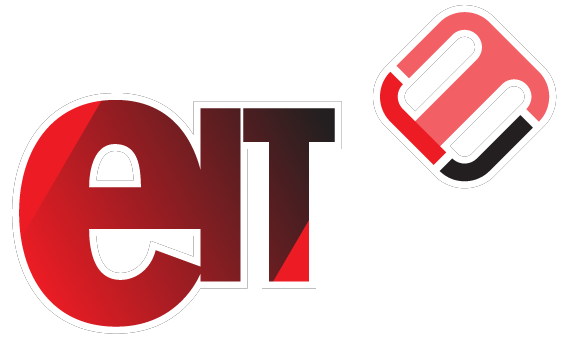Roles vs Profiles
Understanding the distinction between Roles and Profiles is important for effective user management and system customization. This article aims to focus on the differences between the two and how they can be optimally utilized.
Overview
The concepts of Roles and Profiles might seem confusing, but they are incredibly powerful and versatile features when understood and utilized effectively.
At its core, Roles are about permissions. They define sets of actions that individual users or groups of users can perform within the system. Think of roles as the "what" – what a user can and cannot do.
On the other hand, profiles are about personalization. They provide users with a specific experience or context, shaping the workflow and the visual layout they encounter. Profiles address the "how" – how the system presents itself to the user based on their designated profile.
Example
Let's look at some examples to clarify these concepts further.
Roles: Securing your access
Imagine a college with multiple rooms. Some rooms are available for everyone but some are restricted to teachers only. The way to control the access is to have a lock on those restricted rooms and give the keys to the teachers only. By giving the keys, you are granting permissions to the teachers to use those rooms.
That is how Roles work in the system. A role is a set of permissions that you assign to users to perform a set of actions. When a user is given a role, they automatically get the permissions that come with it. By assigning the role to a user, you are giving them the “keys” to perform some actions.
Some examples for Roles are:
An "Administrator" role might allow all permissions to a user to manage all aspects of the system, from student enrolment to system management.
A "Financial Officer" role might grant permissions to issuing invoices, sending confirmation emails, and access to other financial data.
A "Recruitment" role might have permissions to access the Agents' details and send them emails.
By establishing Roles, you can ensure that each user has just the right permissions they need - ensuring security while also facilitating functionality.
Profiles: Crafting the Experience
Now, think of Profiles as the rooms layout and the teaching style. While they don't dictate who enters the rooms, they do shape the experience inside. Profiles customize the user interface and interactions. They determine Layouts and Flows, making sure each user's experience is tailored to their needs.
Some examples for Profiles are:
An "Admissions" profile might offer a layout with all the Students details.
A "Recruitment" profile might present a simplified layout for students with less information. For a Recruitment staff, seeing the pre-arrival tests might not be as relevant as it is for the Academic staff.
